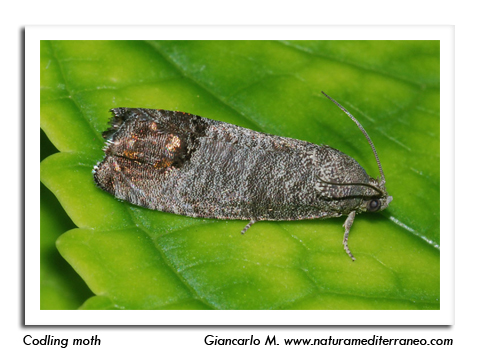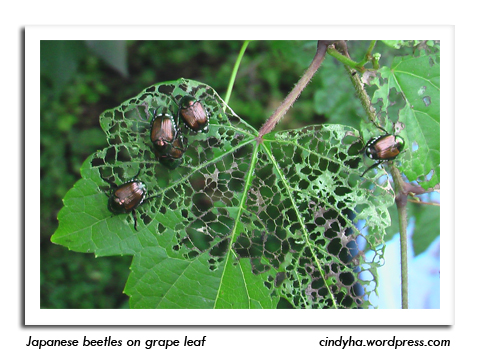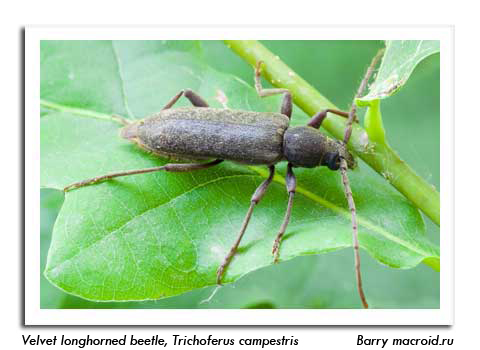
 |
|
|
Fruits
Volume 60 Number 20 Date 12/03/2015 CODLING MOTH - Management proved challenging in 2015 due to fluctuating temperatures and heavy June rains. Spring moths began emerging during the week of May 7-13, but periods of cool weather interspersed with warm conditions disrupted the flight and made it difficult to establish a firm biofix. The first CM biofix was set from May 21-27 at most monitoring sites. Small larvae were evident in fruits by early July. Emergence of summer moths began in mid-July and the second flight peaked by August 13. Moths continued to appear in pheromone traps through early September, though most growers reported lower pressure from the second generation. APPLE MAGGOT - The first flies of the season were captured on sticky traps by July 1. Counts varied in July and August, with the highest numbers occurring in orchards with fruits damaged during June hailstorms. Apple maggot (AM) flies persisted well into September and damage to late cultivars became evident in a few orchards. This summer's AM emergence pattern was erratic and not necessarily correlated with heavy rainfall. MULTICOLORED ASIAN LADY BEETLE - This beetle was a more serious problem for fruit growers and homeowners this fall than in the last several years. Many residents had their homes treated by an exterminator to reduce entry of overwintering beetles, while grape growers who observed large numbers of MALB in their vineyards expressed concern about the beetles as a contaminant in wine production (only 1-2 MALB per 30 lbs. of grapes can cause a detectable level of contamination). The reason for their abundance in September and October is unknown but may have been associated with warm fall temperatures and an increase in aphids or other prey. JAPANESE BEETLE - Beetles began migrating into vineyards and apple orchards by late June. Damage to fruit and field crops intensified over the following six weeks and control was necessary in some instances to prevent defoliation and fruit injury. Growers' accounts suggest that populations were heaviest in western Wisconsin where the beetle's range is still expanding and it remains a more recent pest. EXOTIC GRAPE MOTHS - Eleven vineyards in Brown, Door, Kewaunee, Manitowoc and Sheboygan counties were systematically trapped for exotic grape moths from May 1-September 1. The target pests were the light brown apple moth, European grape berry moth, European grapevine moth, and silver Y moth, all exotic insects of high concern to the state's emerging grape industry and considered "priority pests" for grapes by USDA APHIS. Survey results were negative for all four species. SPOTTED WING DROSOPHILA - Larvae and adults were confirmed in 42 Wisconsin counties this year. The first flies appeared in traps set by UW researchers on June 22 and infestations in fruits were prevalent by mid-July. Severe losses to raspberries and other berry crops were reported for the fourth consecutive season. Spotted wing drosophila, the fastest-spreading invasive fruit pest detected in the U.S. and Wisconsin in recent history, has been documented in over 50 of the state's 72 counties since 2010. -- Krista Hamilton, DATCP Entomologist VELVET LONGHORNED BEETLE - Detection survey work was initiated this season in four apple orchards in Dane, Kenosha and Racine counties following the recent discovery of this potential fruit and landscape tree pest in the Chicago area. Similar to other invasive wood-boring insects, the VLB is transported in wood shipping materials and firewood, and has been intercepted in many warehouses across the U.S. since 2002. Established populations are known to occur in Illinois and Utah, in a two-county area in both states. No VLB were detected in Wisconsin as a result of the survey. -- Renee Pinski, DATCP Forest Entomologist 





|
|
|